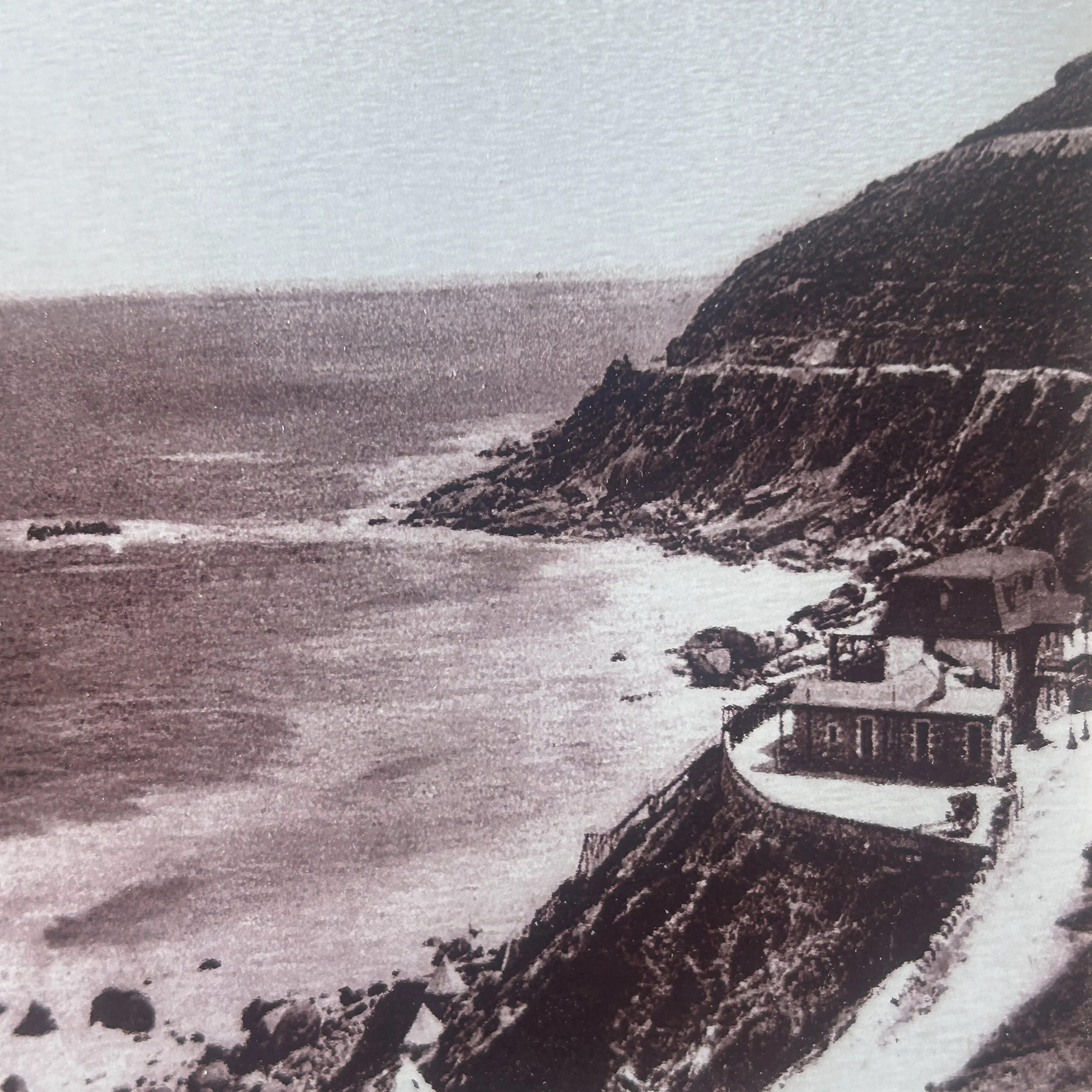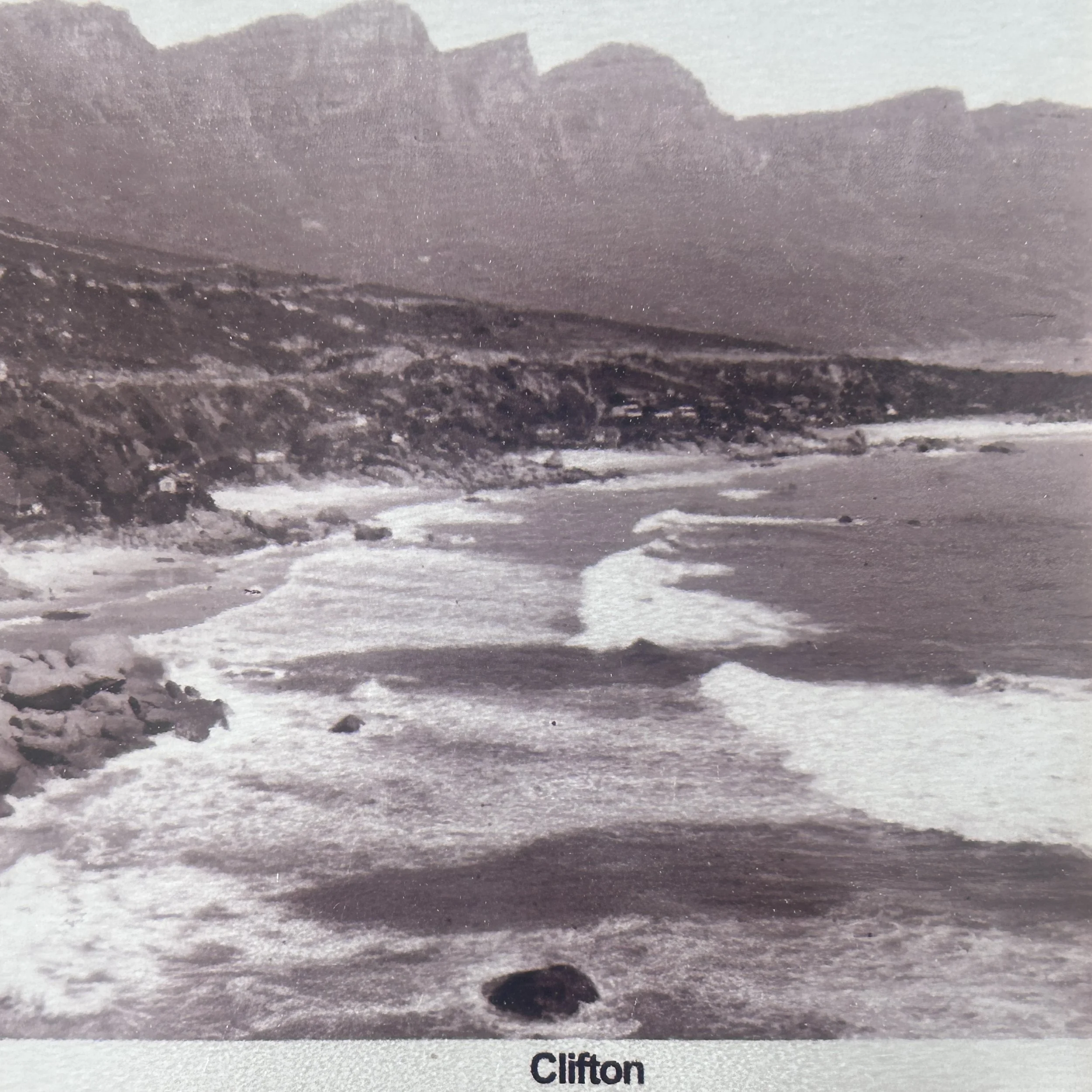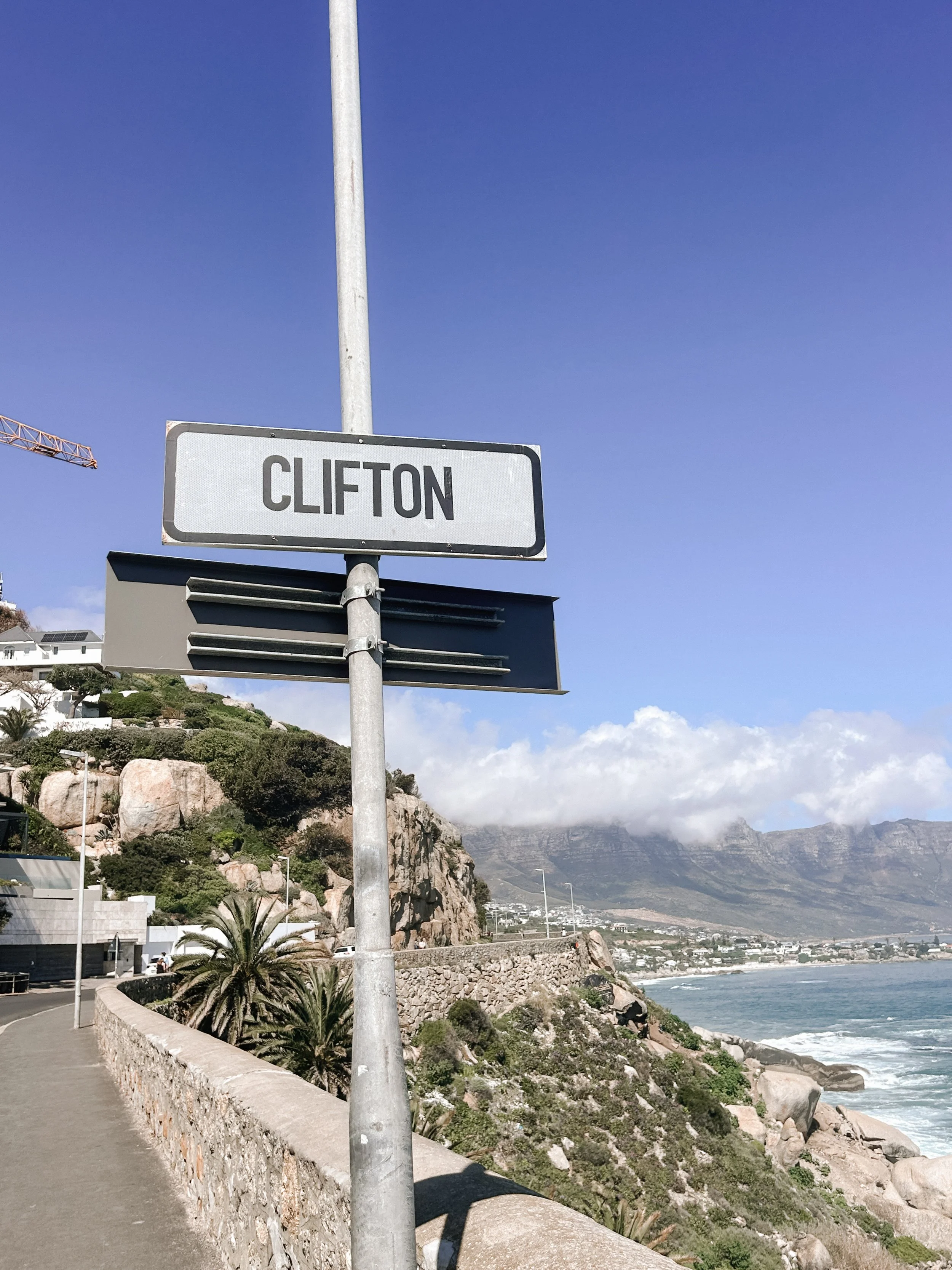Clifton has always carried a certain allure. In the early 1900s, before electricity reached this stretch of coast, families built wooden bungalows tucked into the granite cliffs. Life was pared back — paraffin lamps, long swims, and sandy feet padding up steep stairs after a day on the shore. These houses, often passed down through generations, gave Clifton its timeless sense of barefoot exclusivity.
How Clifton Became South Africa’s Most Iconic Beach
By the 1960s, Clifton had become Cape Town’s Riviera. Radios played from striped umbrellas, surfers mingled with students, and the beaches took on distinct personalities.
Clifton Beach Guide
First Beach: the stronghold of locals and surfers, where the swell is king.
Second Beach: bohemian, youthful, and a little untamed.
Third Beach: an icon of Cape Town’s LGBTQ+ community.
Fourth Beach: wide, sun-drenched, and family-friendly.
The end of apartheid in the 1990s opened the sands to all, and today Clifton’s mix of locals and visitors tells a story: one of change, resilience, and shared beauty.
To spend time here is to touch a piece of Cape Town’s living history — nostalgic, unhurried, and impossibly beautiful.
Contact us
Interested in working together? Fill out some info and we will be in touch shortly. We can’t wait to hear from you!



